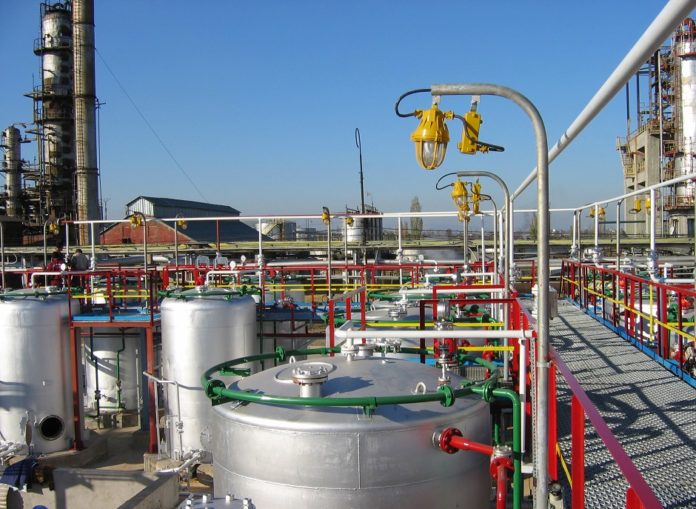Copyright thediplomat

The Vega refinery is, without a doubt, a pillar of the Romanian economy—a facility distinguished by its unique, value-added products offered to both the Romanian and regional markets. One of its standout products is hexane, a solvent used in the food, petrochemical, and pharmaceutical industries. In Romania, hexane is produced exclusively at Vega and supplies all the oil factories in the country, fully meeting domestic demand. It is also exported worldwide to countries such as Turkey, India, Ukraine, Bulgaria, and Poland. The Ploiesti-based facility is not only the sole producer of hexane in Romania but also the largest in Southeastern Europe. The European hexane market is a mature, moderate-growth market driven by food extraction, pharmaceuticals, and industrial solvent use. Germany is seen one of the largest users in Europe, a market trendsetter some might say. It is a known fact that the European hexane market is served by large worldwide players (Shell, TotalEnergies, ExxonMobil) plus regionally important producers, such as Rompetrol (via its Vega Refinery facility in Romania). Hexane is obtained in the normal-hexane unit through a distillation process of the refined product from Petromidia. It has multiple uses, especially as an industrial solvent for extracting vegetable oils, cleaning and degreasing metals, and in the textile and leather industries. It is also used as a raw material in the production of other chemicals and as a solvent in the polymerization process for obtaining polyethylene and polypropylene. Upgraded facilities Between 2005 and 2024, a period marked by the “coming in office” and developments made by KazMunayGas, the unit produced over 1.1 million tons of hexane. The highest output was recorded in 2019—91,866 tons—due to increased production at the Petromidia refinery, which supplied more raw materials to the Ploiești refinery. For 2025, hexane sales are estimated to reach nearly 100,000 tons. Vega’s average annual hexane production is approximately 80,000 tons. A figure worth noting is that the global demand stands somewhere between 2,3 million tons and 2,5 million tons of hexane per year, according to some studies. Make some gross calculations, show us a more than interesting figure – the annual Vega market share can be around 4%, globally. Which is huge, given the fact that we are speaking about a refinery that processes yearly around 400,000 tons of raw materials. In 2011, after the refinery was acquired by the Kazakh oil and gas company, the hexane unit was modernized and its capacity increased. It later benefited from a series of improvements as part of the company’s commitment to optimizing, streamlining, and aligning operational processes. Over the past 15 years, the Vega refinery has received over $45 million in investments aimed at increasing energy efficiency, reducing emissions of organic compounds, and automating certain units (including the installation of a new furnace in the vacuum distillation unit). These upgrades have reduced volatile organic compound (VOC) emissions by over 90%. The reported energy consumption is approximately 2.65 GJ per ton processed. Technological losses (internal consumption, evaporation, etc.) are relatively low—around 0.69% in the first half of 2025.2 The refinery that started the same year as Einstein’s breakthroughs A pioneer in the oil industry, the Vega refinery was built in 1905, the same year Albert Einstein published the special relativity theory. As all the major assets that resisted throughout time, Vega has had a tumultuous history. It has endured bombings, reconstructions, attempts at closure or conversion into a park, privatization, and, later, a series of modernizations and automations. Since 2004, it has transformed from a traditional oil refining unit into one that delivers value-added products. For nearly 20 years, Vega has processed only semi-finished materials received from the Petromidia refinery in Năvodari—the largest in Romania and one of the most modern in the Black Sea region. It focuses on producing hexane, bitumen, and organic solvents, for which it is also the sole producer. The Vega refinery is operated by Rompetrol Rafinare, the company that also runs Petromidia in Navodari, Romania’s biggest refinery. The significant shareholders of Rompetrol Rafinare are KMG International (54.63%, directly and indirectly) and the Romanian State, represented through the Ministry of Energy (44.7%).



